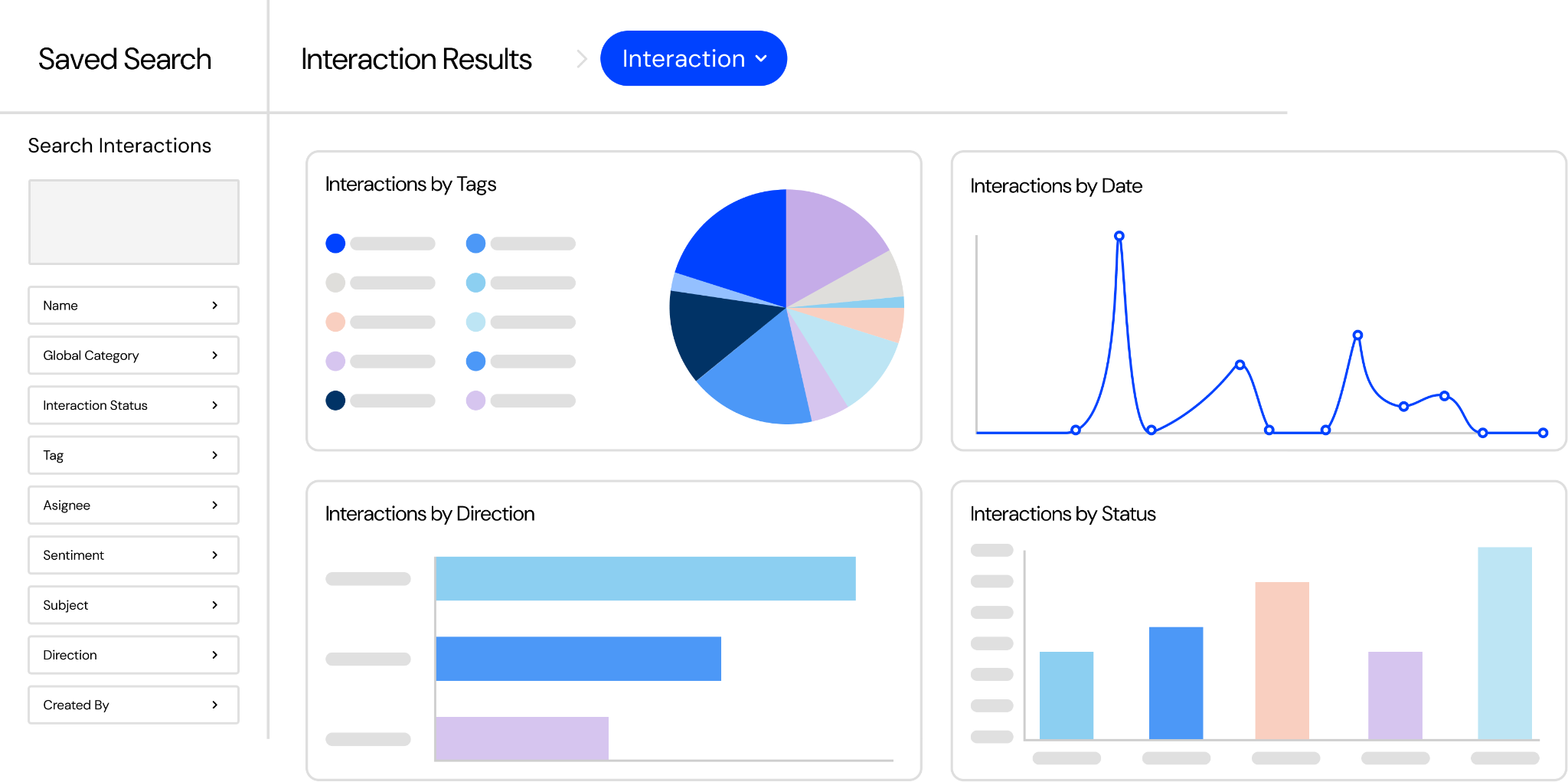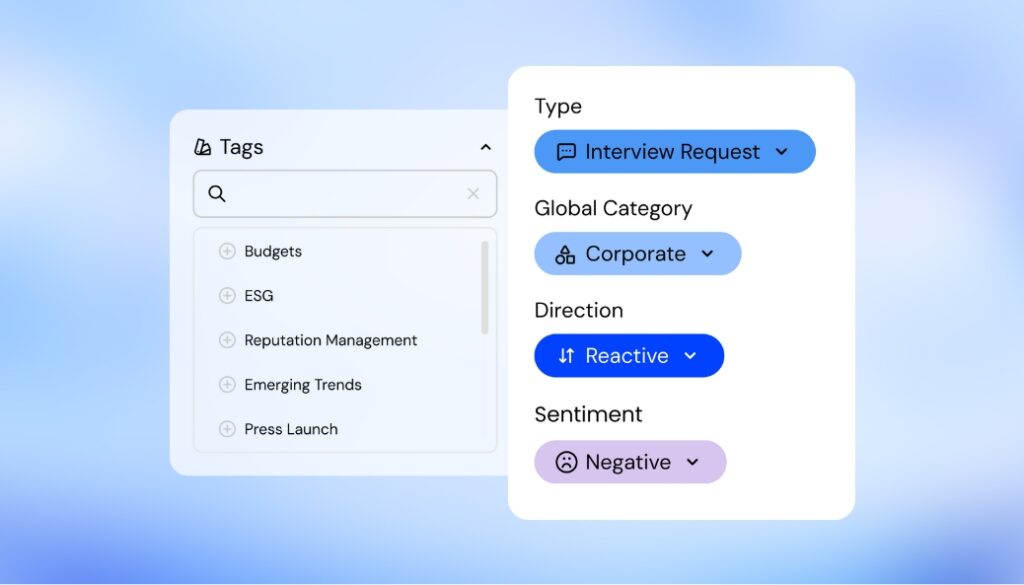[“ID”]=>
int(41107)
[“post_author”]=>
string(2) “36”
[“post_date”]=>
string(19) “2025-08-07 00:11:43”
[“post_date_gmt”]=>
string(19) “2025-08-07 00:11:43”
[“post_content”]=>
string(6626) “
A critical blind spot has emerged in Australia’s housing debate. An analysis of news coverage compared to social discussion reveals that the conversation happening in the news media, a calm, ‘top-down’ discussion of financial strategy for existing homeowners, is dangerously disconnected from the raw, emotional reality unfolding on social media.
While news outlets focus on interest rates and mortgage advice, the public conversation is a volatile, ‘bottom-up’ outcry over the lived experience of unaffordability and political frustration. This gap between the financial narrative and the public’s emotional reality represents a significant strategic risk for any organisation communicating in this space.
In stark contrast, social media is having a “bottom-up” conversation, focusing on the personal pain points of cost, blame, and political frustration. It speaks from within the economy. At its heart, this conversation is driven by the raw, personal impact of an unaffordable market; users aren’t debating abstract forecasts, they’re lamenting the “exorbitant” cost of “multimillion dollar postage stamp sized tenancies.” This personal frustration then quickly seeks a target, splintering into direct political blame over specific tax policies and a deep-seated criticism of the planning bureaucracy, which is seen as a fundamental roadblock.
Raises the question: why does NSW have the most planners, and what are they all planning?
— Jonathan O'Brien (@jonobri) July 27, 2025
The core theme is the lived experience of exorbitant real estate prices, with users directly linking high property values to the unaffordability of everyday life and business. There is a strong undercurrent of blame directed at planners, councils, and perceived bureaucratic inefficiency as a primary driver of the housing shortage. The housing discussion is frequently and explicitly politicised, with users tying the crisis to taxation or economic policies.
Analysis shows a public belief that the government is prioritising private developers over vulnerable citizens. The revelation of stakeholder meetings behind closed doors to discuss ‘investment models’ for public housing towers for example has solidified a narrative of privatisation by stealth. The call for public housing is a direct demand for the government to re-assert its role as a protector of citizens, not a facilitator for private profit. Underpinning all of these solutions is a palpable sense of moral urgency, driven by the visible ‘human cost’ of the crisis. But this frustration is not passive. With calls for street resistance and construction unions to refuse demolition work, the message is clear: if these concrete actions are not taken, the conversation will move from online forums to the streets and worksites.
Great. In the same way Albo & Labor are importing immigrants in excess of housing availability, he’s now importing corporations in excess of our grids capability
Albo has signed a deal whereby AWS will invest $20bn in Australia for Ai and 170MW of solar 🤣 BUT it needs 1GW 24/7 pic.twitter.com/hLY7LZqfyB
— Aus Integrity (@QBCCIntegrity) June 15, 2025
Monitoring and identifying these distinct ideological fault lines is crucial. It allows a communications team to understand the specific arguments and trigger words of each camp. Any government announcement will not be received by a single public, but will land on this fractured community and be interpreted through these pre-existing lenses.
”
[“post_title”]=>
string(32) “Inside the disconnect on housing”
[“post_excerpt”]=>
string(0) “”
[“post_status”]=>
string(7) “publish”
[“comment_status”]=>
string(4) “open”
[“ping_status”]=>
string(4) “open”
[“post_password”]=>
string(0) “”
[“post_name”]=>
string(32) “inside-the-disconnect-on-housing”
[“to_ping”]=>
string(0) “”
[“pinged”]=>
string(0) “”
[“post_modified”]=>
string(19) “2025-08-07 00:11:48”
[“post_modified_gmt”]=>
string(19) “2025-08-07 00:11:48”
[“post_content_filtered”]=>
string(0) “”
[“post_parent”]=>
int(0)
[“guid”]=>
string(32) “https://www.isentia.com/?p=41107”
[“menu_order”]=>
int(0)
[“post_type”]=>
string(4) “post”
[“post_mime_type”]=>
string(0) “”
[“comment_count”]=>
string(1) “0”
[“filter”]=>
string(3) “raw”
}
Blog
Inside the disconnect on housing
A critical blind spot has emerged in Australia’s housing debate. An analysis of news coverage compared to social discussion reveals that the conversation happening in the news media, a calm, ‘top-down’ discussion of financial strategy for existing homeowners, is dangerously disconnected from the raw, emotional reality unfolding on social media. While news outlets focus on […]
[“ID”]=>
int(40427)
[“post_author”]=>
string(2) “36”
[“post_date”]=>
string(19) “2025-06-25 23:15:57”
[“post_date_gmt”]=>
string(19) “2025-06-25 23:15:57”
[“post_content”]=>
string(2105) “
Every stakeholder relationship is different, and managing them effectively takes more than a one-size-fits-all approach.
From campaign planning to long-term engagement, having the right tools and strategy in place can make the difference between missed connections and meaningful impact.
This guide covers:
- Identifying and understanding your key stakeholders
- Mapping and modelling for influence and engagement
- Equipping your team to maintain and grow strategic relationships
Get your copy now

”
[“post_title”]=>
string(40) “The fundamentals of stakeholder strategy”
[“post_excerpt”]=>
string(128) “A practical guide to tailored stakeholder management, offering strategies and tools to identify, map, and nurture relationships.”
[“post_status”]=>
string(7) “publish”
[“comment_status”]=>
string(4) “open”
[“ping_status”]=>
string(4) “open”
[“post_password”]=>
string(0) “”
[“post_name”]=>
string(40) “the-fundamentals-of-stakeholder-strategy”
[“to_ping”]=>
string(0) “”
[“pinged”]=>
string(0) “”
[“post_modified”]=>
string(19) “2025-07-01 05:46:20”
[“post_modified_gmt”]=>
string(19) “2025-07-01 05:46:20”
[“post_content_filtered”]=>
string(0) “”
[“post_parent”]=>
int(0)
[“guid”]=>
string(32) “https://www.isentia.com/?p=40427”
[“menu_order”]=>
int(0)
[“post_type”]=>
string(4) “post”
[“post_mime_type”]=>
string(0) “”
[“comment_count”]=>
string(1) “0”
[“filter”]=>
string(3) “raw”
}
Blog
The fundamentals of stakeholder strategy
A practical guide to tailored stakeholder management, offering strategies and tools to identify, map, and nurture relationships.
[“ID”]=>
int(40160)
[“post_author”]=>
string(2) “36”
[“post_date”]=>
string(19) “2025-05-26 02:54:37”
[“post_date_gmt”]=>
string(19) “2025-05-26 02:54:37”
[“post_content”]=>
string(3706) “
Across the communications landscape, teams are being asked to do more with less, while staying aligned, responsive and compliant in the face of complex and often shifting stakeholder demands. In that environment, how we track, report and manage our relationships really matters.
In too many organisations, relationship management is still built around tools designed for customer sales. CRM systems, built for structured pipelines and linear user journeys, have long been the default for managing contact databases. They work well for sales and customer service functions. But for communications professionals managing journalists, political offices, internal leaders and external advocates, these tools often fall short.
Stakeholder relationships don’t follow a straight line. They change depending on context, shaped by policy shifts, public sentiment, media narratives or crisis response. A stakeholder may be supportive one week and critical the next. They often hold more than one role, and their influence doesn’t fit neatly into a funnel or metric.

Managing these relationships requires more than contact management. It requires context. The ability to see not just who you spoke to, but why, and what happened next. Communications teams need shared visibility across issues and departments. As reporting expectations grow, that information must be searchable, secure and aligned with wider organisational goals.
What’s often missing is infrastructure. Without the right systems, strategic relationship management becomes fragmented or reactive. Sometimes it becomes invisible altogether.
This is where Stakeholder Relationship Management (SRM) enters the conversation. Not as a new acronym, but as a different way of thinking about influence.
At Isentia, we’ve seen how a purpose-built SRM platform can help communications teams navigate complexity more confidently. Ours offers a secure, centralised space to log and track every interaction, whether it’s a media enquiry, a ministerial meeting, or a community update, and link it to your team’s broader communications activity.
The aim isn’t to automate relationships. It’s to make them easier to manage, measure and maintain. It’s about creating internal coordination before the external message goes out.
Because in today’s communications environment, stakeholder engagement is not just a support function. It is a strategic capability.
Interested in how other teams are managing their stakeholder relationships? Get in touch at nbt@isentia.com or submit an enquiry.
”
[“post_title”]=>
string(52) “SRM vs CRM: which is right for PR & Comms teams?”
[“post_excerpt”]=>
string(0) “”
[“post_status”]=>
string(7) “publish”
[“comment_status”]=>
string(4) “open”
[“ping_status”]=>
string(4) “open”
[“post_password”]=>
string(0) “”
[“post_name”]=>
string(44) “srm-vs-crm-which-is-right-for-pr-comms-teams”
[“to_ping”]=>
string(0) “”
[“pinged”]=>
string(0) “”
[“post_modified”]=>
string(19) “2025-07-01 05:47:27”
[“post_modified_gmt”]=>
string(19) “2025-07-01 05:47:27”
[“post_content_filtered”]=>
string(0) “”
[“post_parent”]=>
int(0)
[“guid”]=>
string(32) “https://www.isentia.com/?p=40160”
[“menu_order”]=>
int(0)
[“post_type”]=>
string(4) “post”
[“post_mime_type”]=>
string(0) “”
[“comment_count”]=>
string(1) “0”
[“filter”]=>
string(3) “raw”
}
Blog
SRM vs CRM: which is right for PR & Comms teams?
Across the communications landscape, teams are being asked to do more with less, while staying aligned, responsive and compliant in the face of complex and often shifting stakeholder demands. In that environment, how we track, report and manage our relationships really matters. In too many organisations, relationship management is still built around tools designed for […]



